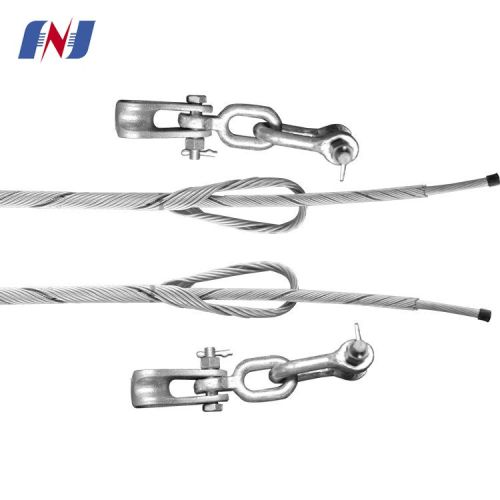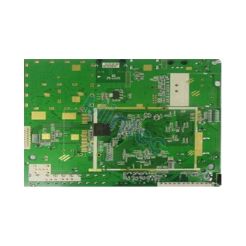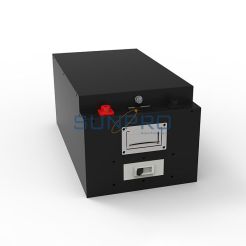opgw tension clamp
Product Description
https://www.huanengfitting.com/products/opgw-the-preformed-helical.html
An OPGW (Optical Ground Wire) tension clamp is a specialized device used in the installation and maintenance of OPGW cables. OPGW cables are composite overhead cables that combine optical fibers for communication purposes with a metallic ground wire for power transmission and grounding.
The OPGW tension clamp serves the purpose of securely attaching the OPGW cable to the supporting structure, such as poles or towers, while maintaining the necessary tension. It plays a crucial role in ensuring the stability and reliable performance of the OPGW system.
Here are some functions of an OPGW tension clamp:
Cable Gripping: The tension clamp is designed to securely grip the OPGW cable to prevent it from slipping or becoming loose. It typically consists of specially designed jaws or grips that firmly hold the cable in place.
Tension Adjustment: The clamp allows for adjustment of the tension applied to the OPGW cable. This feature is important to maintain the desired tension level in the cable, which is essential for its proper functioning and mechanical stability.
Mechanical Strength: OPGW tension clamps are constructed using robust and durable materials, such as stainless steel or aluminum alloy, to provide high mechanical strength. This ensures that the clamp can withstand the tension forces exerted on the cable and withstand environmental conditions, such as wind and ice loading.
Electrical Continuity: The tension clamp also maintains the electrical continuity of the metallic ground wire within the OPGW cable. It provides a reliable connection between the cable and the supporting structure, ensuring effective grounding and electrical performance.
Corrosion Resistance: OPGW tension clamps are often designed with corrosion-resistant coatings or materials to withstand exposure to harsh outdoor environments, including moisture, UV radiation, and temperature variations.



